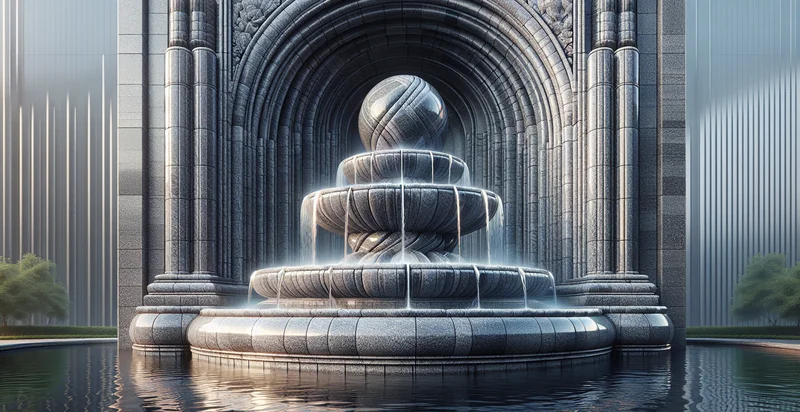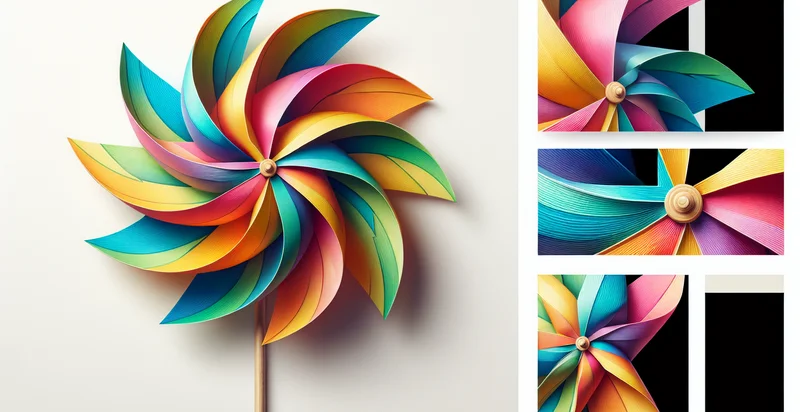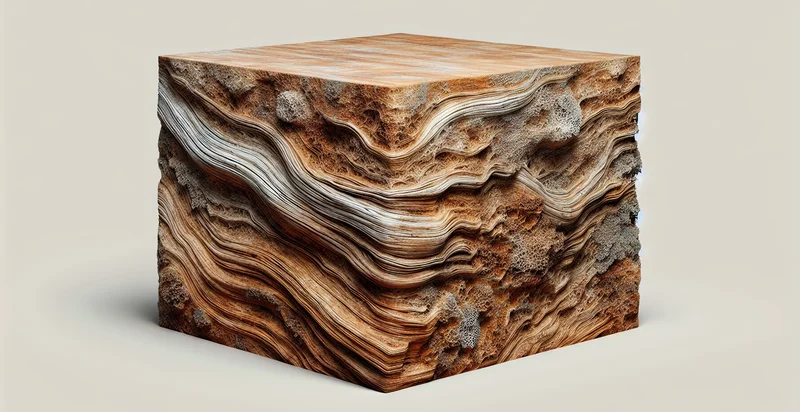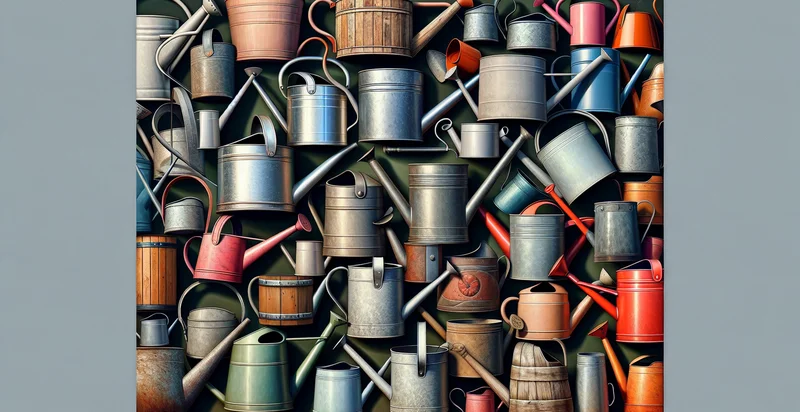Identify what material a fountain is made from
using AI
Below is a free classifier to identify what material a fountain is made from. Just upload your image, and our AI will predict what material a fountain is made from - in just seconds.

Contact us for API access
Or, use Nyckel to build highly-accurate custom classifiers in just minutes. No PhD required.
Get started
import nyckel
credentials = nyckel.Credentials("YOUR_CLIENT_ID", "YOUR_CLIENT_SECRET")
nyckel.invoke("what-material-a-fountain-is-made-from", "your_image_url", credentials)
fetch('https://www.nyckel.com/v1/functions/what-material-a-fountain-is-made-from/invoke', {
method: 'POST',
headers: {
'Authorization': 'Bearer ' + 'YOUR_BEARER_TOKEN',
'Content-Type': 'application/json',
},
body: JSON.stringify(
{"data": "your_image_url"}
)
})
.then(response => response.json())
.then(data => console.log(data));
curl -X POST \
-H "Content-Type: application/json" \
-H "Authorization: Bearer YOUR_BEARER_TOKEN" \
-d '{"data": "your_image_url"}' \
https://www.nyckel.com/v1/functions/what-material-a-fountain-is-made-from/invoke
How this classifier works
To start, upload your image. Our AI tool will then predict what material a fountain is made from.
This pretrained image model uses a Nyckel-created dataset and has 20 labels, including Aluminum, Brick, Bronze, Cast Iron, Ceramic, Concrete, Copper, Fiberglass, Glass and Granite.
We'll also show a confidence score (the higher the number, the more confident the AI model is around what material a fountain is made from).
Whether you're just curious or building what material a fountain is made from detection into your application, we hope our classifier proves helpful.
Related Classifiers
Need to identify what material a fountain is made from at scale?
Get API or Zapier access to this classifier for free. It's perfect for:
- Material Specification for Artisans: This function can help artisans accurately identify the materials of existing fountains, allowing them to replicate or repair sculptures with the same specifications. Precise knowledge of materials can enhance the authenticity and quality of restoration projects.
- Inventory Management for Suppliers: Suppliers of fountains and fountain components can use this function to classify and manage their inventory based on material types. By knowing the material composition, suppliers can optimize stock levels and improve their sales strategy for different materials.
- Sustainability Assessment: Landscape architects and urban planners can utilize this function to assess the environmental impact of different fountain materials. By identifying the material used, they can make informed decisions about sustainable sourcing and design practices in their projects.
- Insurance Valuation: Insurance companies can implement this function to verify the materials used in the fountains when assessing claims for damages or theft. Accurate classification ensures fair valuation and risk assessment, improving the claims process for clients.
- Restoration Guidance for Historical Preservation: Preservationists can leverage this function to identify fountain materials in historical sites, ensuring that any restoration work maintains historical accuracy. This classification helps in sourcing authentic materials that match the original construction.
- Marketing and Sales Strategies: Marketing teams for fountain manufacturers can utilize this function to differentiate their products based on material quality and durability. By understanding the material compositions of competitors, they can tailor their messaging to highlight their unique selling points.
- Material Compatibility Assessment: Engineers and designers can use this function during the development phase of new fountain installations to identify compatibility between different material types. This assessment helps avoid issues related to maintenance and longevity of combined materials in fountain designs.


